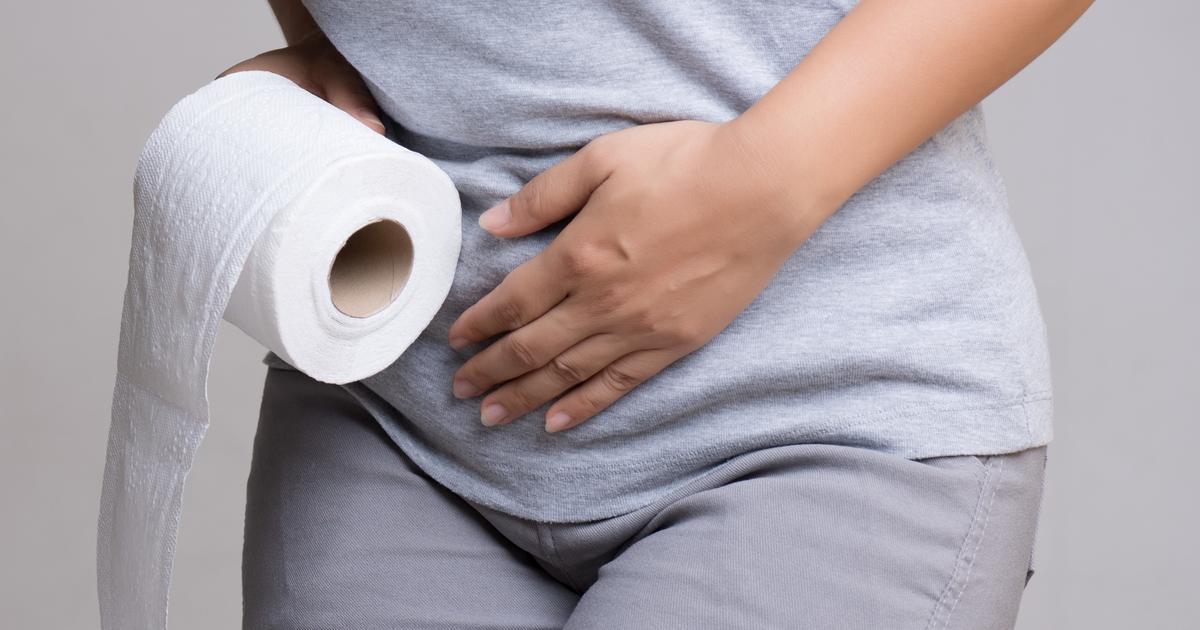Guide To Getting A Hemorrhoidectomy
Risks Linked To A Hemorrhoidectomy

Just like any other surgical procedure, a hemorrhoidectomy does carry certain risks for patients. The most prevalent side effects that occur include urinary retention, pain, and bleeding. A hematoma or collection of blood at the surgical site may develop in the patient after their hemorrhoidectomy. The surgical site also carries the risk of developing an infection if it is not adequately cared for, and precautions are not taken.
Other uncommon risks of a hemorrhoidectomy include a fecal impaction or trapped stool, anal canal stenosis or narrowing, recurrence of hemorrhoids, prolapse of the rectum, anal fistula development, urinary or bowel incontinence, and the development of a rectal fistula. Despite the risks that come with a hemorrhoidectomy, the procedure is known to be successful in treating hemorrhoids. Only around five percent of all patients who undergo a hemorrhoidectomy will experience the return of hemorrhoids.
Recovery Process

The entire recovery process can take anywhere between two and three weeks. A type of local anesthetic is given to the patient while they are still under anesthesia. This medication provides pain relief for the first six to twelve hours that follow the hemorrhoidectomy. Prescription medication is usually given to manage pain after the hemorrhoidectomy. A bland diet and lots of fluids are recommended for the first several days following the hemorrhoidectomy. Topical numbing medication may be provided to reduce the amount of pain when the patient has a bowel movement. The use of an ice pack to help relieve pain and reduce swelling in the anal region is also recommended.
In some cases, an antibiotic is prescribed following surgery to help prevent the development of an infection at the site of the hemorrhoidectomy. Stool softener medications usually need to be taken for several weeks following the hemorrhoid surgery to allow for proper healing of the area. A patient usually goes for a follow-up examination with their surgeon between two and three weeks following the procedure to ensure everything is healing correctly without complications.
